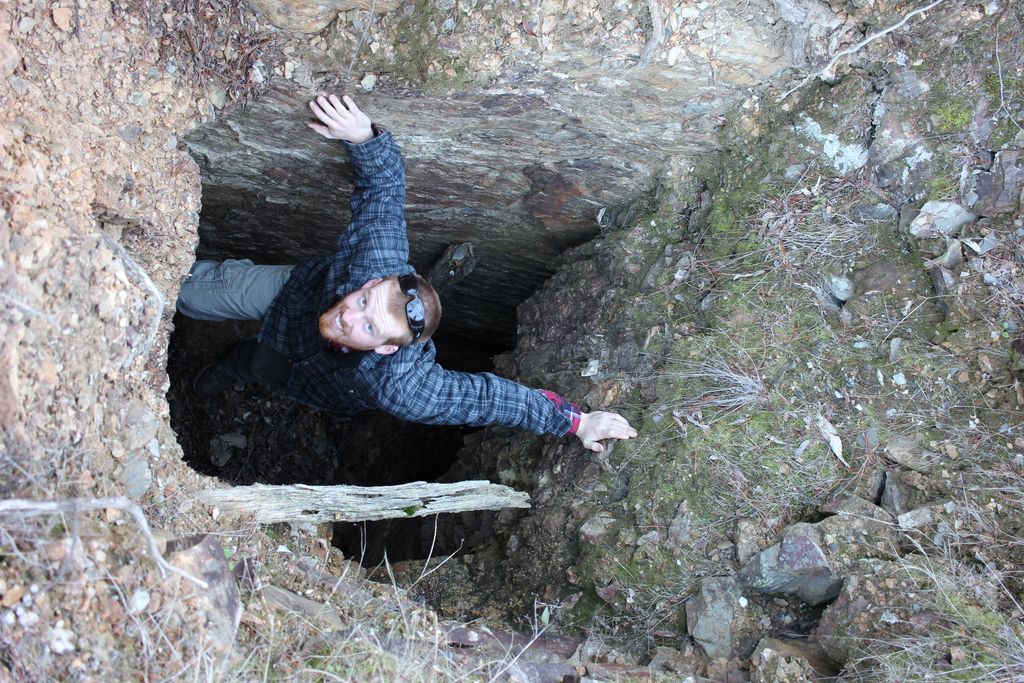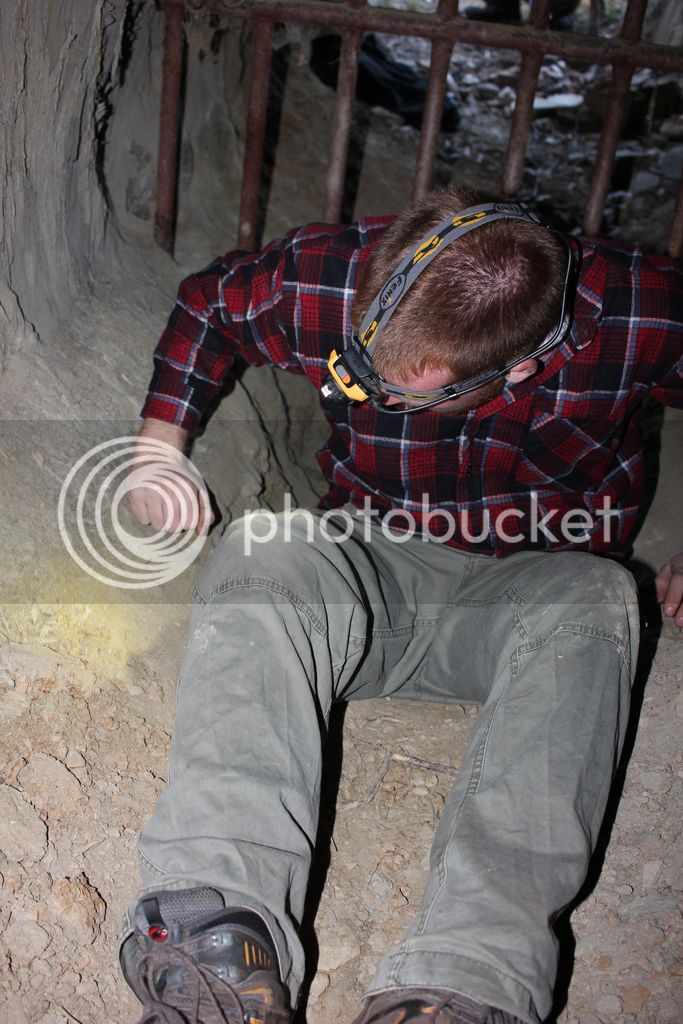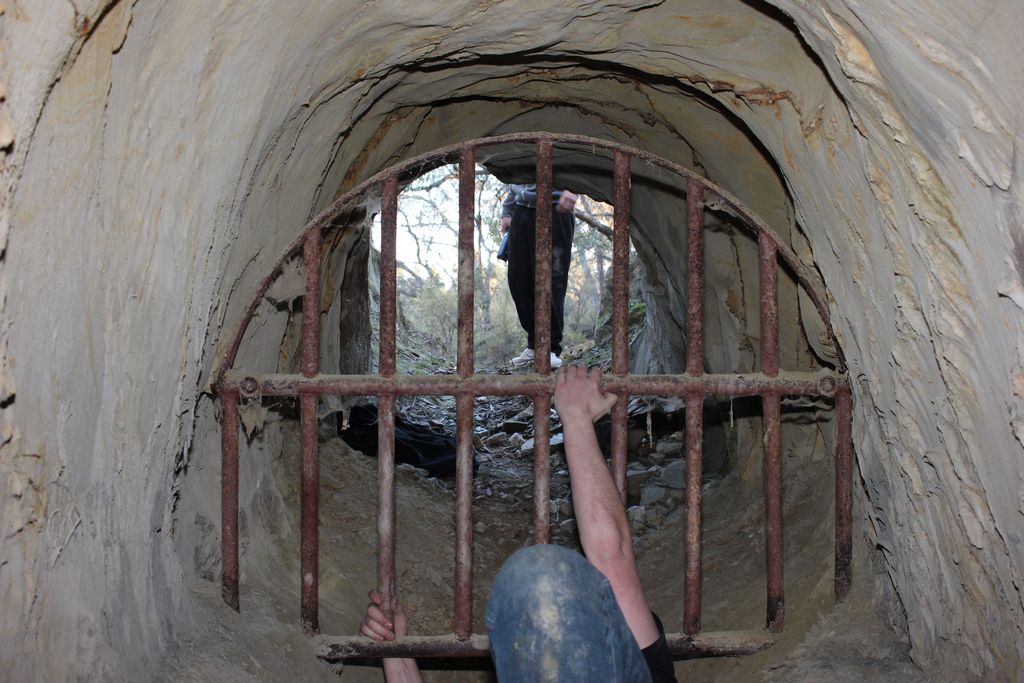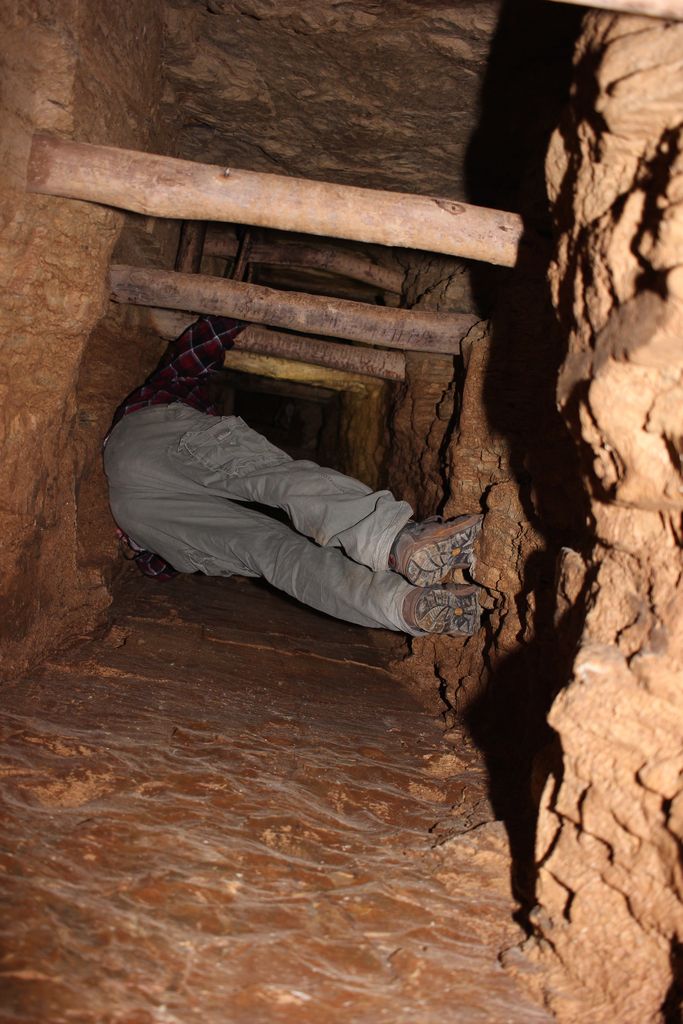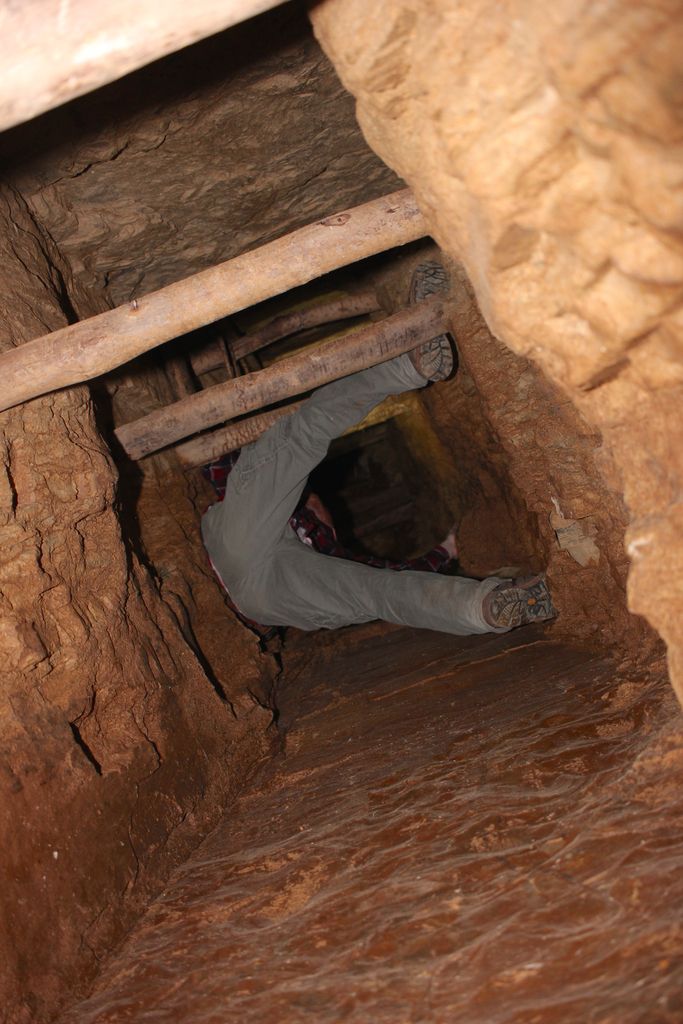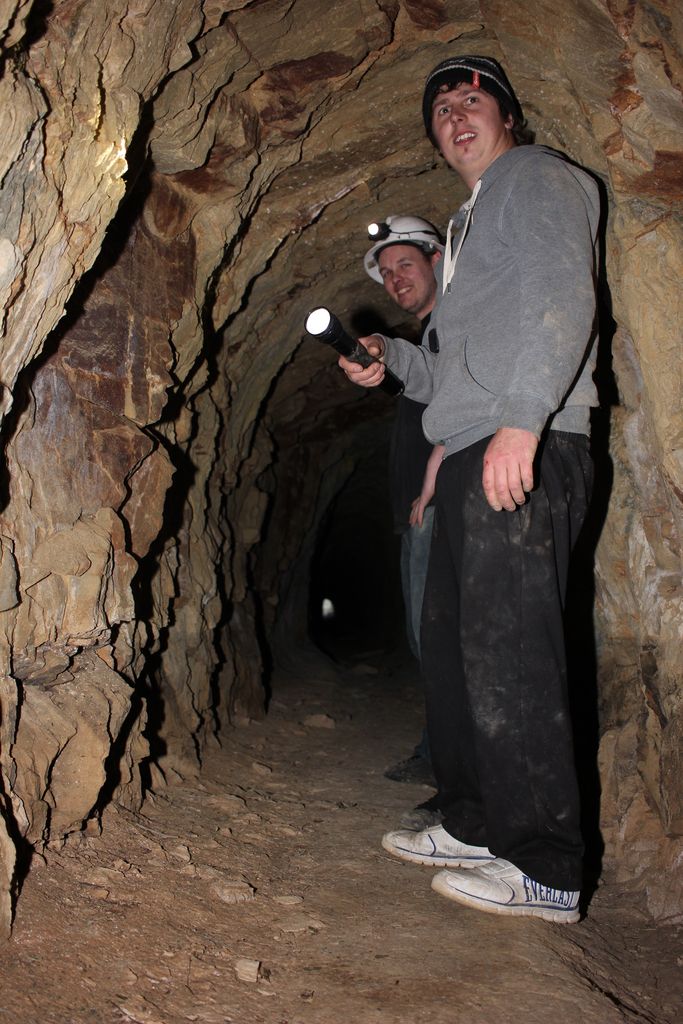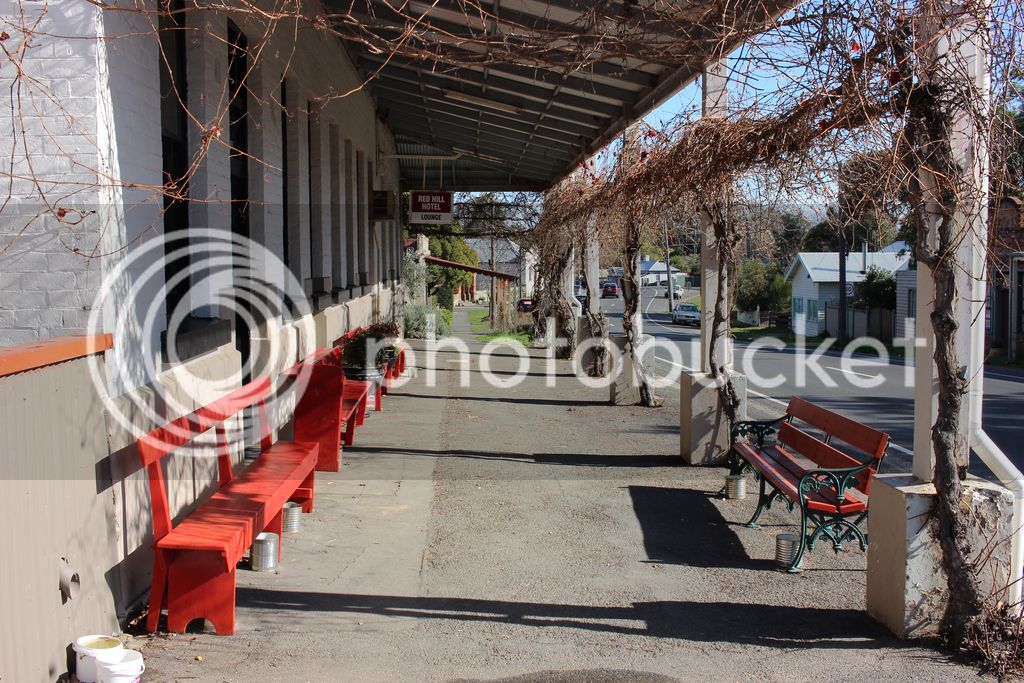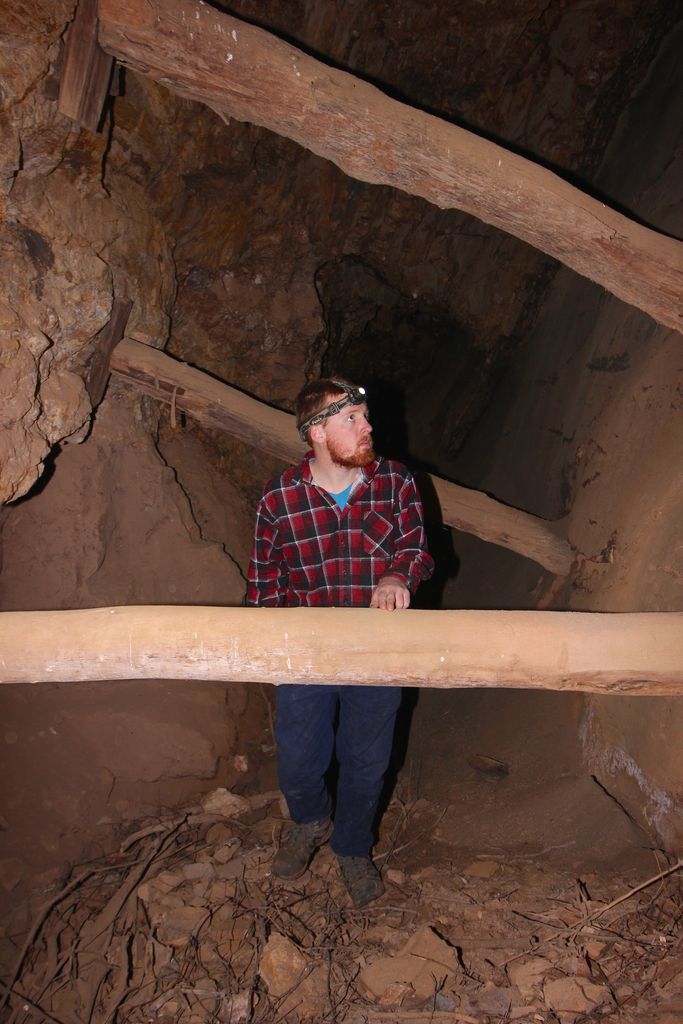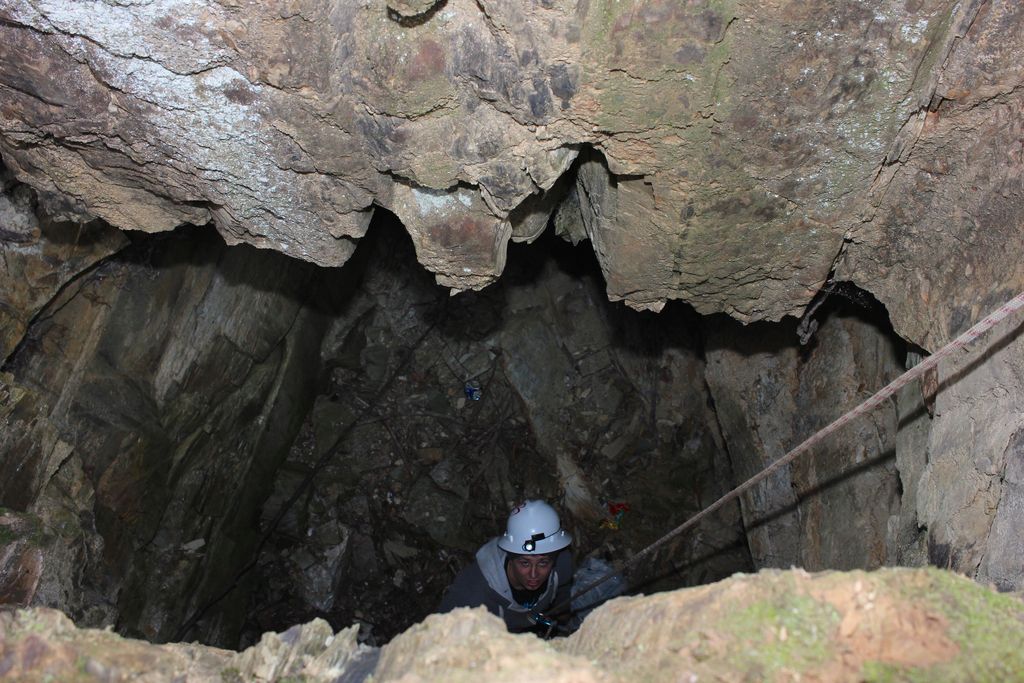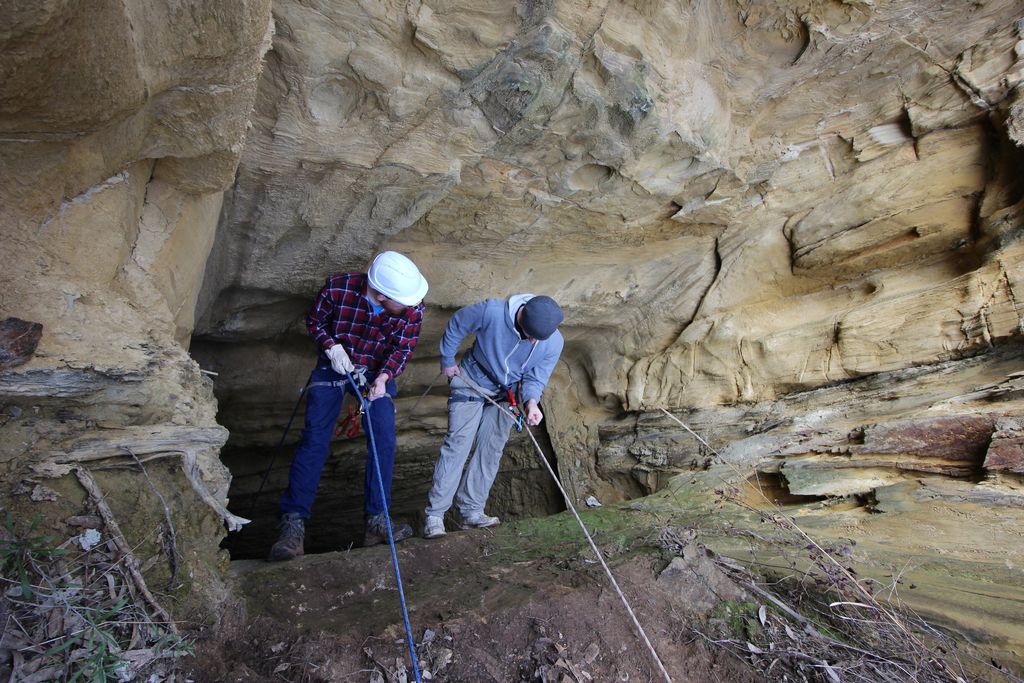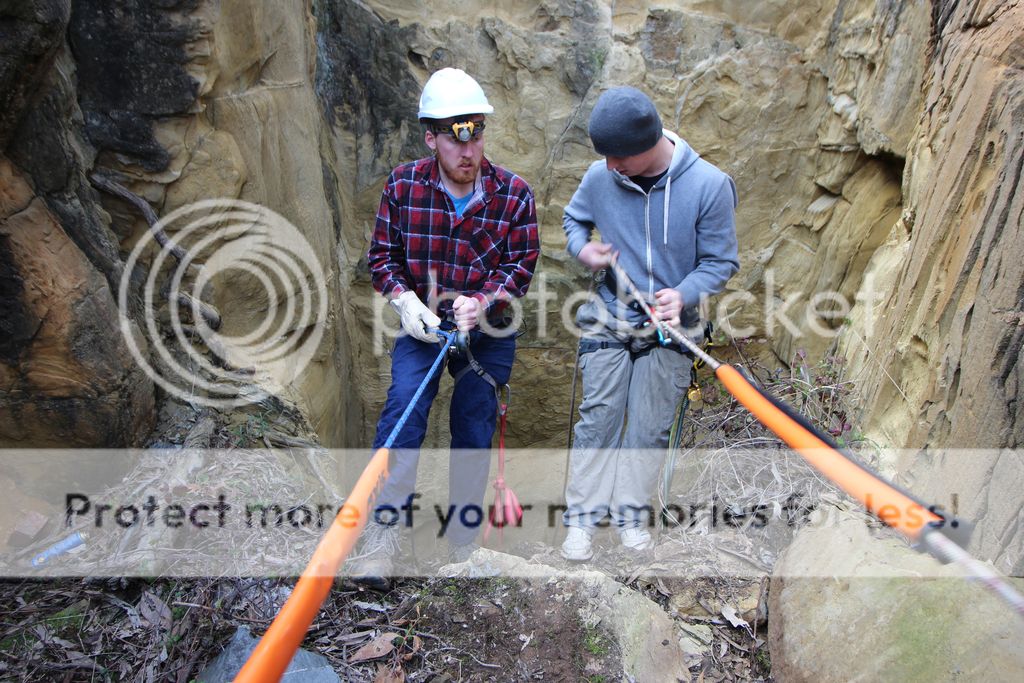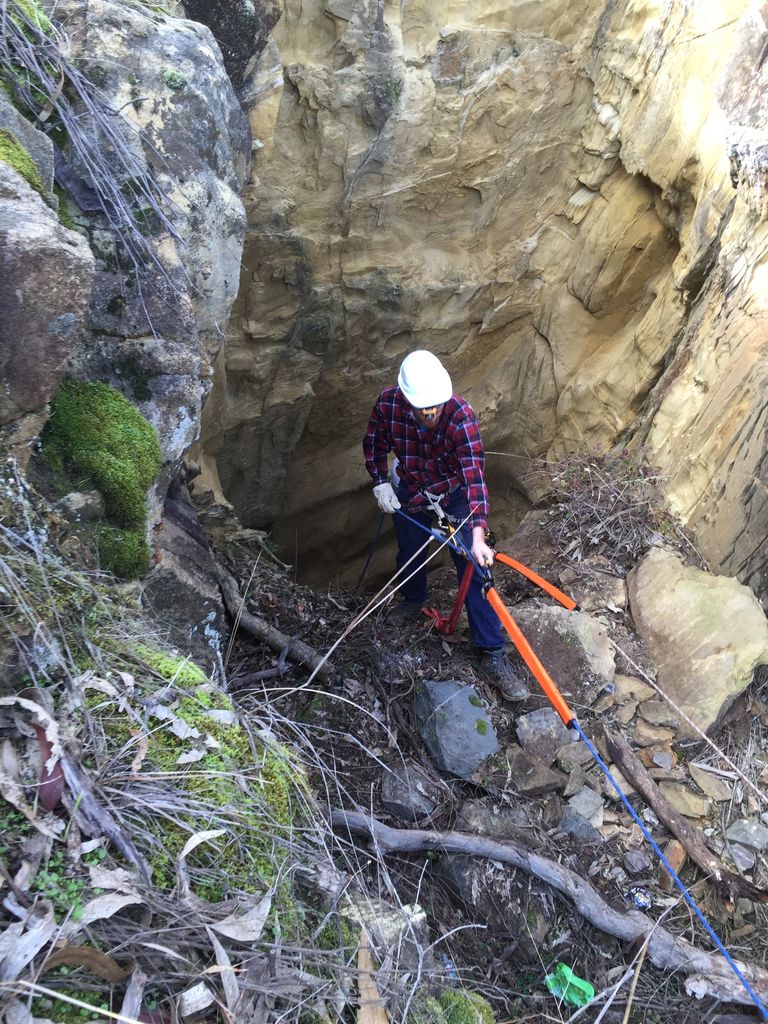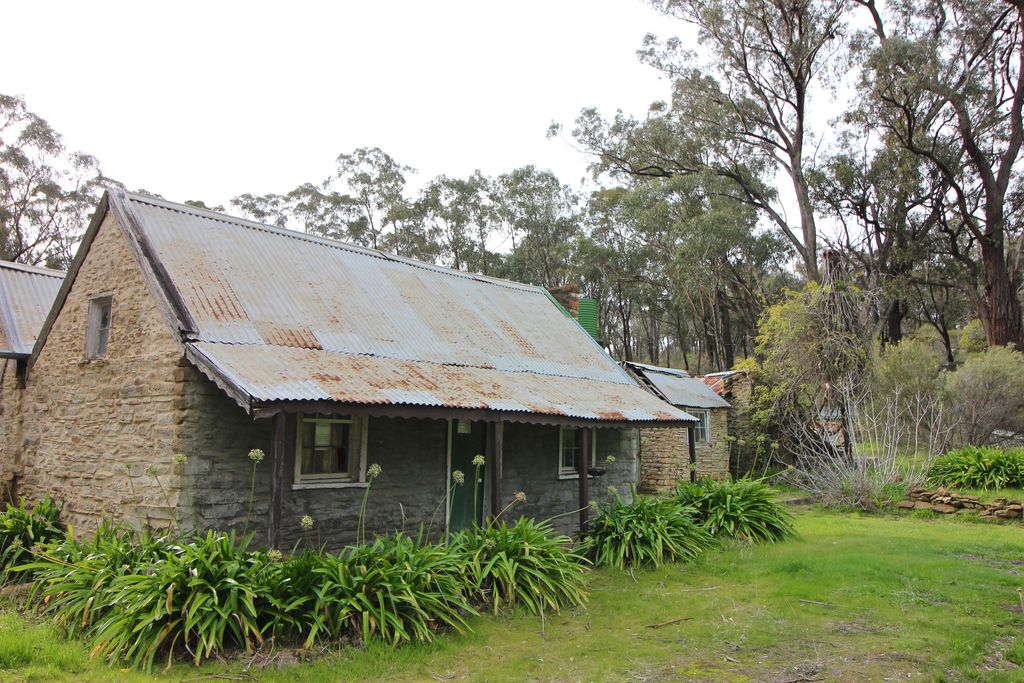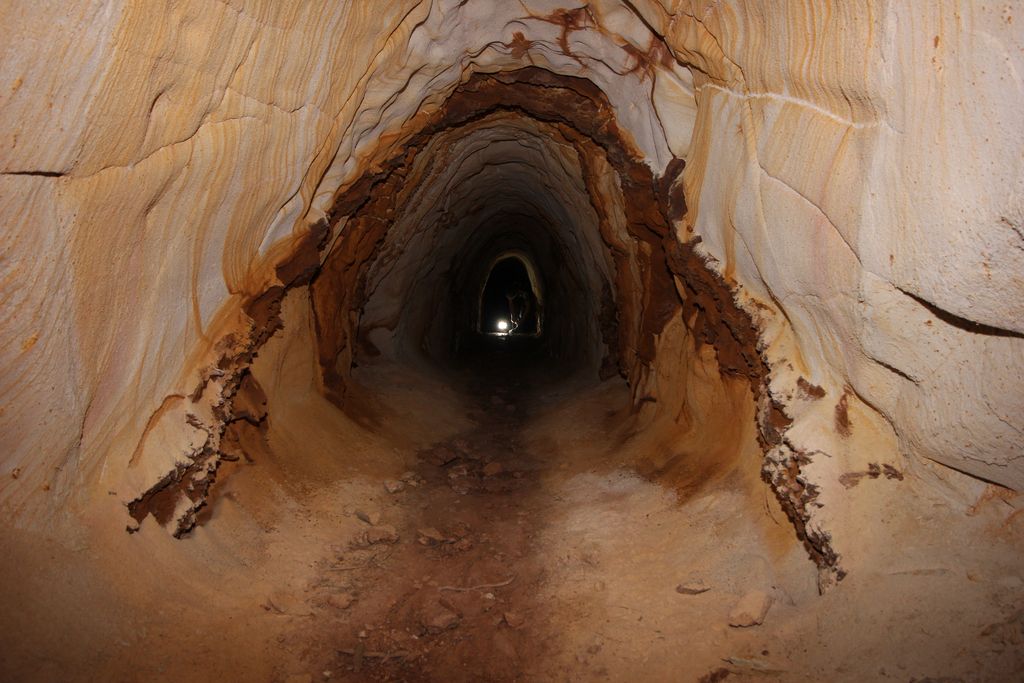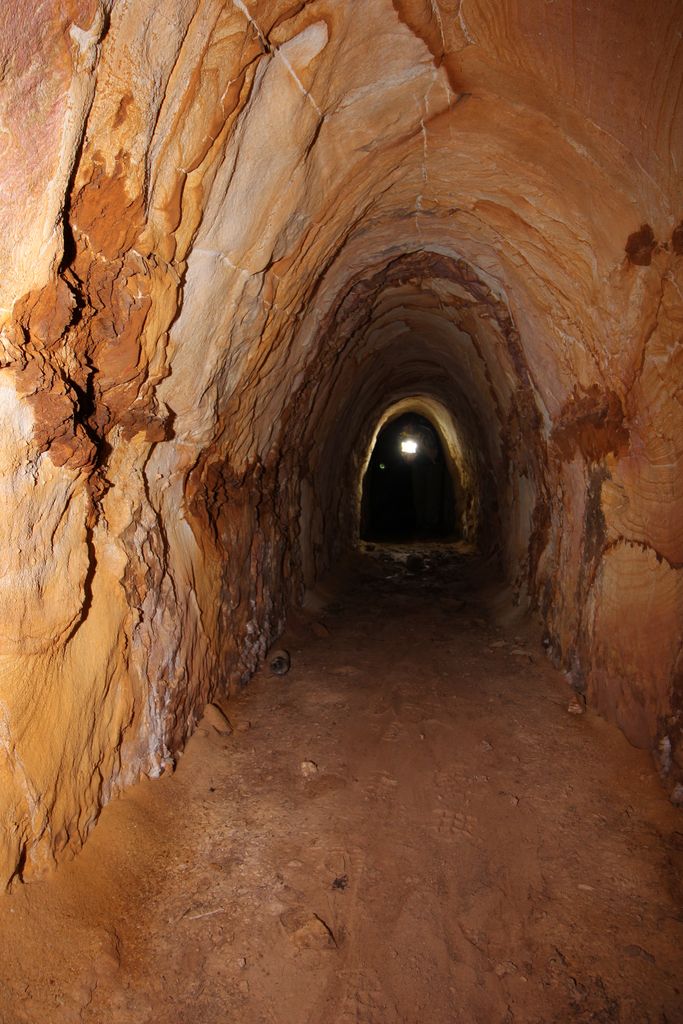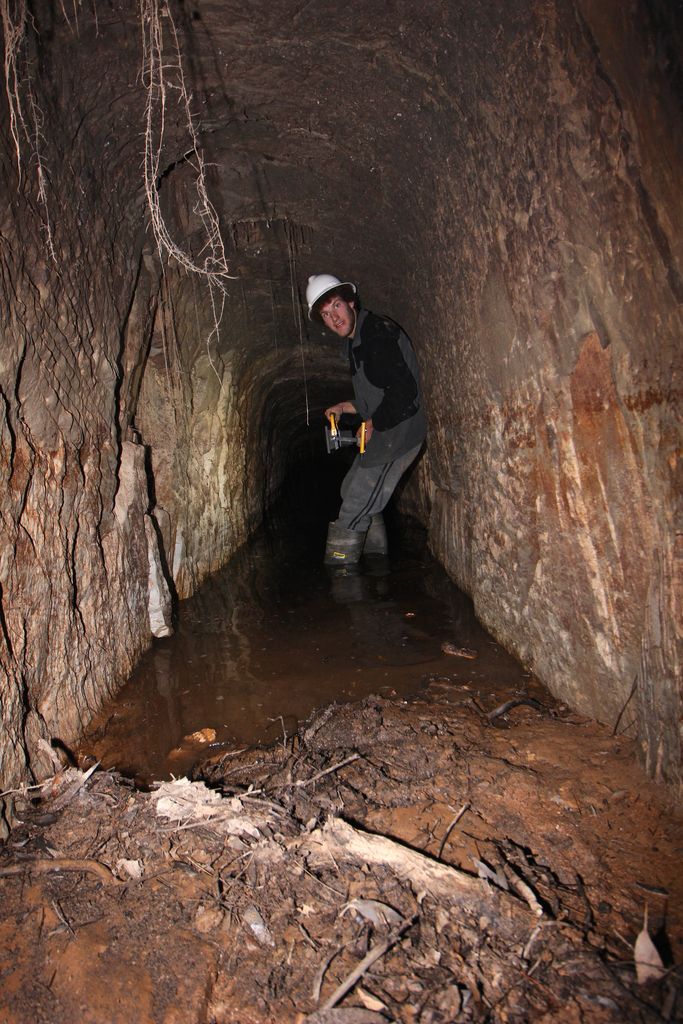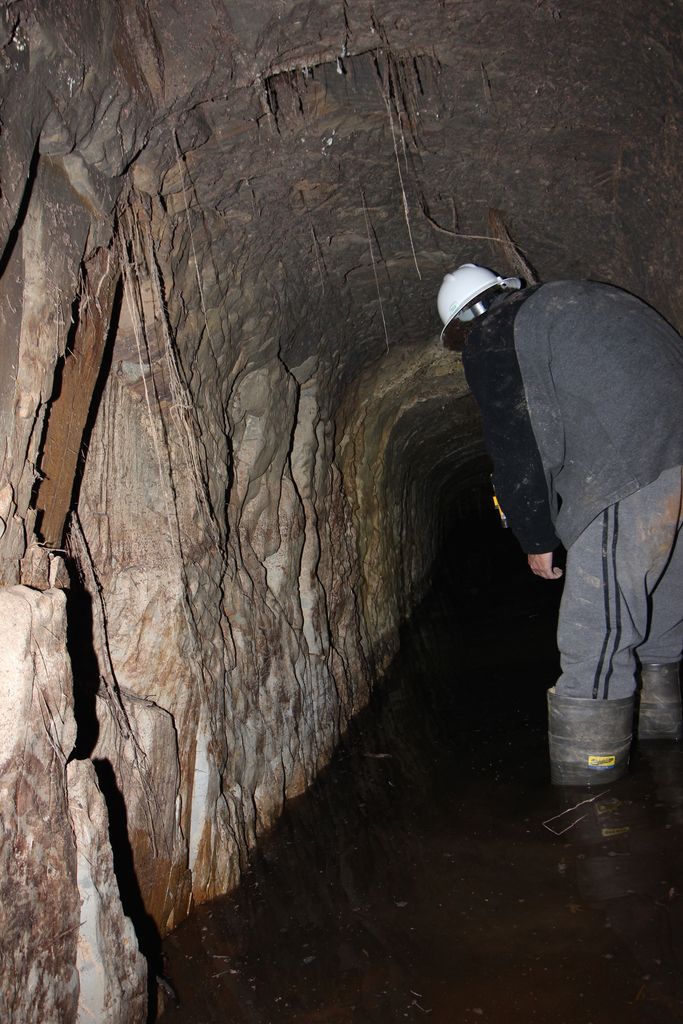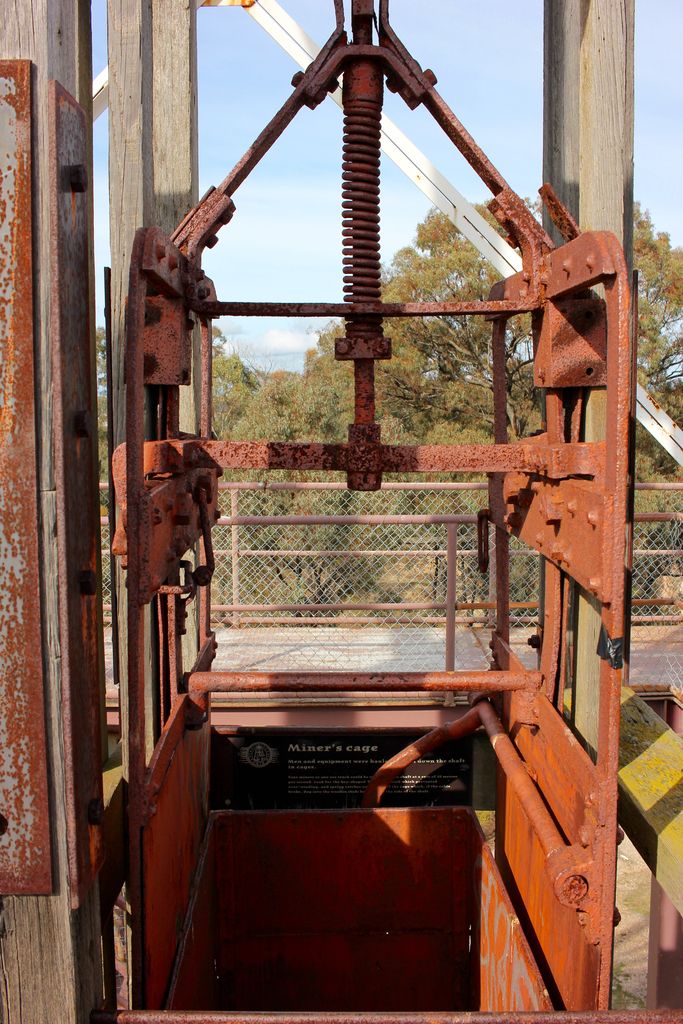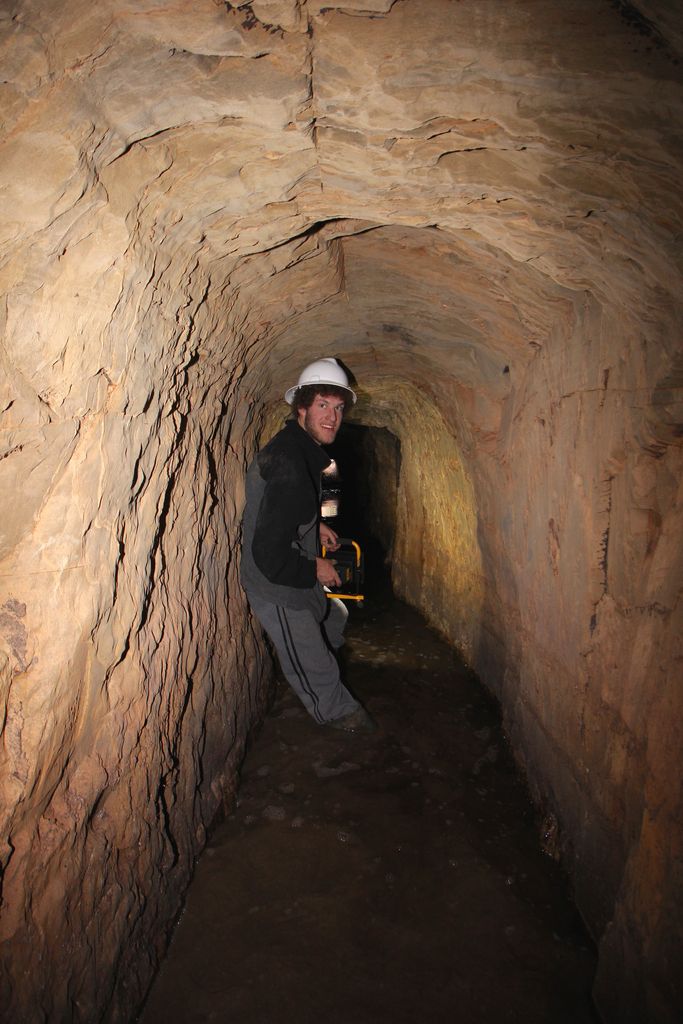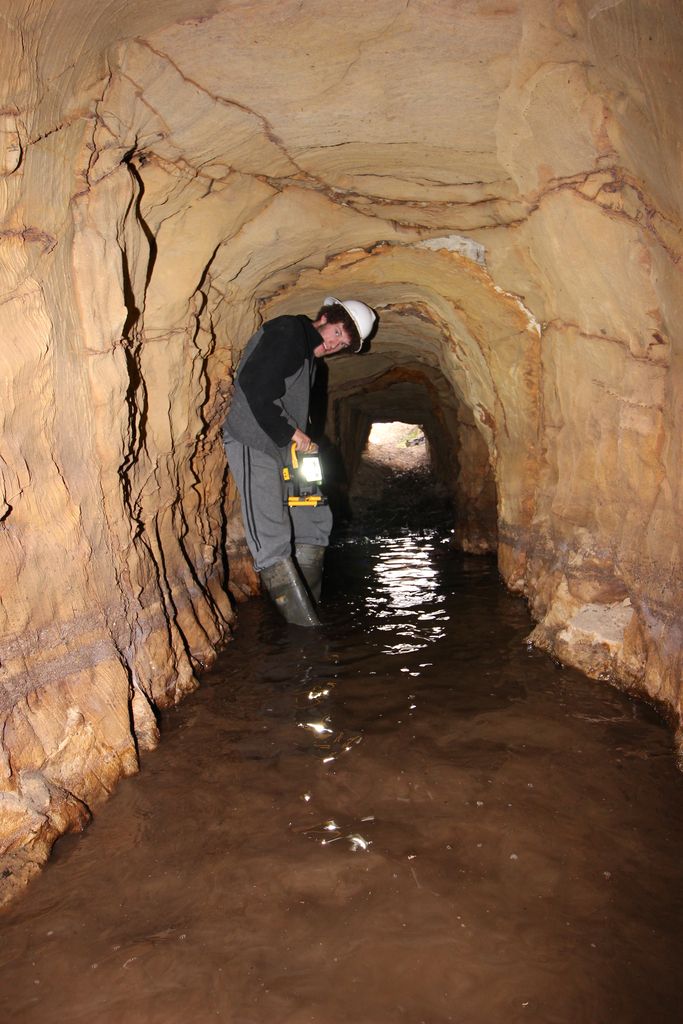You are using an out of date browser. It may not display this or other websites correctly.
You should upgrade or use an alternative browser.
You should upgrade or use an alternative browser.
old mine is now mapped and recorded :)
- Thread starter Hunting the yellow
- Start date

Help Support Prospecting Australia:
This site may earn a commission from merchant affiliate
links, including eBay, Amazon, and others.
- Status
- Not open for further replies.
Sorry guys I just did the maths on the above story & either my memory of the dates is wrong or I got his age wrong. I have it written down somewhere i will have to look it up and post a correction.
- Joined
- Jun 11, 2015
- Messages
- 28
- Reaction score
- 48
I was lucky enough to touch the reef directly below where the holterman nugget came from at hill end in the amalgamated mine!!casper said:richo966 said:I agree I love the photos but I will never go down a old mine shaft unless it is the lost ducthmans gold mine then maybe
Nah! - the Dutchman's is a mythical mine, take the "safe" Long Tunnel Extended Mine tour at Walhalla in the Victorian High Country - 13 1/2 tons of gold came out of that mine during it's life and on the tour you can touch the legendary Cohens Reef - i did!..... and am still waiting for the religious experience to work it's magic

casper
But in all seriousness be careful people but dont let it discourage you from having a look just let people know where you are
cheers
jethro said:Hey goldpick I couldn''t find any of the completed battery restoration but I did find a couple of the parts that needed repairing. https://www.prospectingaustralia.com/forum/img/member-images/1297/1434450907_p1000352.jpg
https://www.prospectingaustralia.com/forum/img/member-images/1297/1434450986_battery_parts5.jpeg
Hey DWT, the best part of the whole exercise was the research I did into the old fella that owned the battery. He was a true prospecting & mining legend of the early 20th century. I actually got to talk to the last man who shovelled quartz into that battery just before he passed on. When I spoke to him on the Ph he was 92 .He said he was about 17 yrs old and went up to the mine to put the last load through after his grandfather who owned the mine & battery got sick & was taken down to hospital in albury. HE put the load thru & one of his uncles cleaned up the plates & retorted the gold. This was around 1939. He said he used to play football down in Mitta but was excused from attending training as the coach reckoned he was fit enough doing 3 loads of qurtz a day down to the battery from the mine ( a vertical height) of 700 ft.) they used a slay as the track was too steep for a dray or cart. Quartz was shovelled on & off. Really interesting old bloke to talk to.
wow great story mate looking forward to seeing that old battery up and running again
dean65 said:At the peak of the gold rush in the 1850s, Castlemaine was home to almost 30,000 miners and was considered to be the richest goldfield in the world.
http://i358.photobucket.com/albums/oo23/lord_kane1/Chewton/IMG_8427_zpsrzbbz9j7.jpg
http://i358.photobucket.com/albums/oo23/lord_kane1/Chewton/IMG_8428_zpsj7qpmqpw.jpg
http://i358.photobucket.com/albums/oo23/lord_kane1/Chewton/IMG_8477_zpsojuex3bd.jpg
http://i358.photobucket.com/albums/oo23/lord_kane1/Chewton/IMG_8438_zpseun97vp0.jpg
http://i358.photobucket.com/albums/oo23/lord_kane1/Chewton/IMG_8443_zpskrkusify.jpg
http://i358.photobucket.com/albums/oo23/lord_kane1/Chewton/IMG_8447_zpsnqf82dfe.jpg
http://i358.photobucket.com/albums/oo23/lord_kane1/Chewton/IMG_8475_zps2jt7agda.jpg
http://i358.photobucket.com/albums/oo23/lord_kane1/Chewton/IMG_8394_zpsrw5ivsdq.jpg
ha ha nicks a copy cat I used to do that without my rope but I kinda lost my footing on one of those props and slipped and fell 1m and well lets say I was walking a bit strange afterwards
- Joined
- Feb 26, 2014
- Messages
- 373
- Reaction score
- 866
Castlemaine Diggings National Heritage Park lies at the heart of the central Victorian goldfields. The park is a rare place where you can see authentic traces of the great Victorian gold rushes of the 1850s. Sites and relics harbour secrets and tell stories about how life really was on the diggings. Castlemaine Diggings National Heritage Park is popular for bushwalking, scenic drives, cycling, picnics, exploring the mining relics and gold prospecting.The discovery of gold in July 1851 lured tens of thousands of migrants. By 1852, the population on the Castlemaine Diggings was 40-60,000.
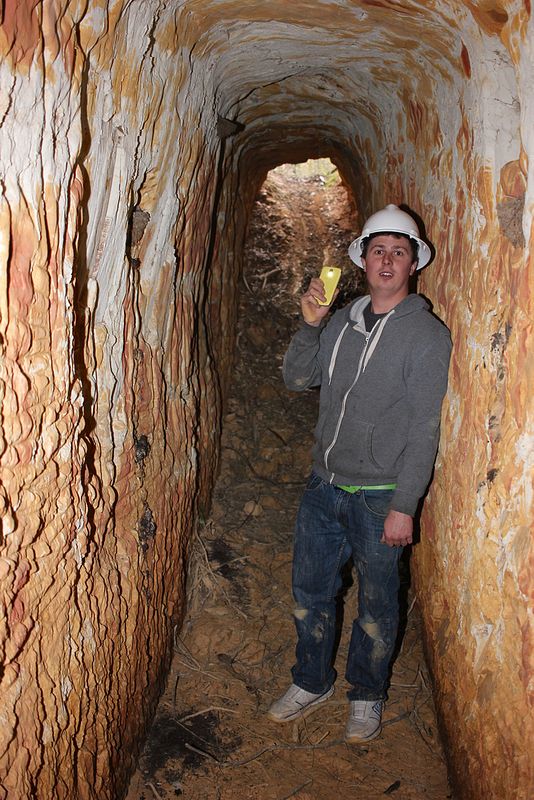

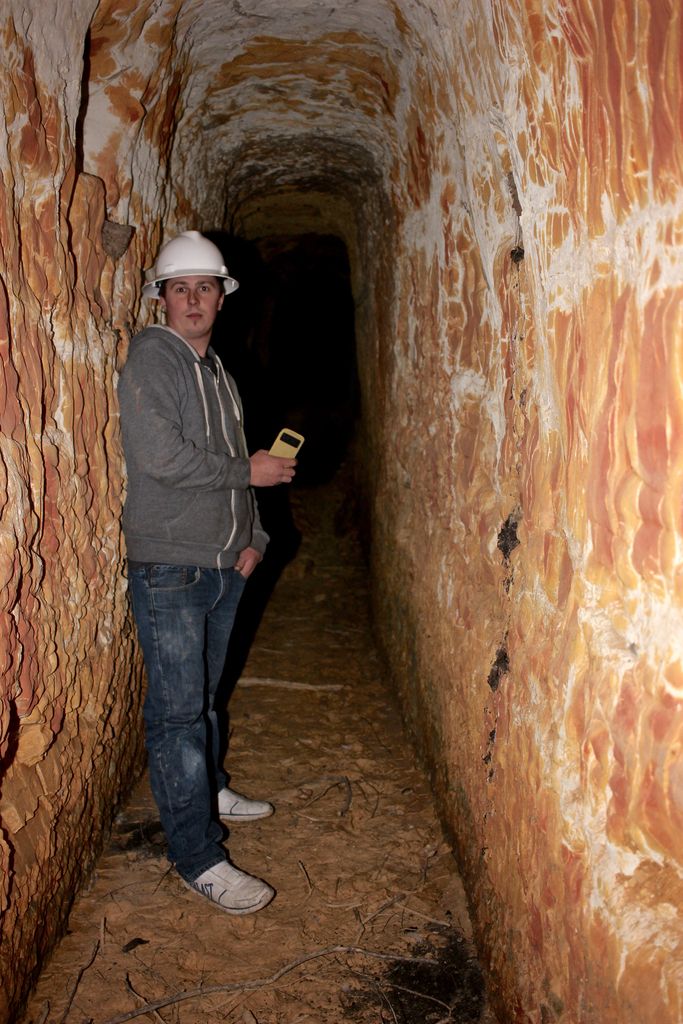


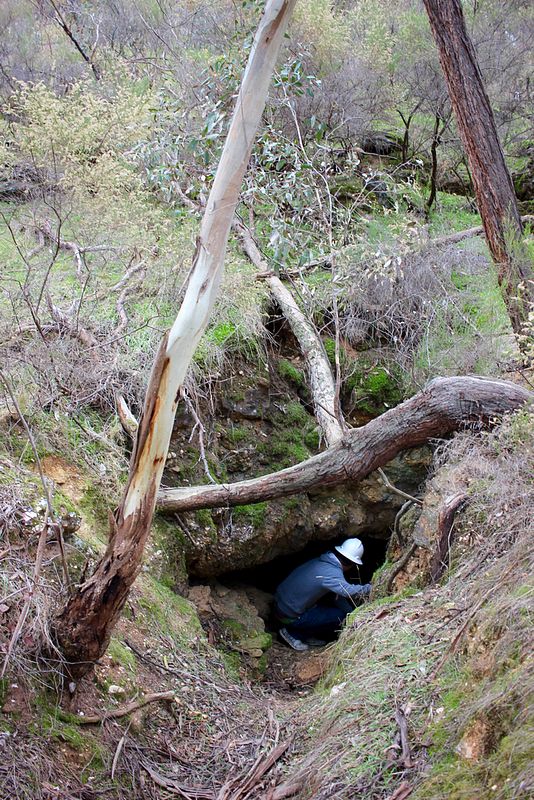
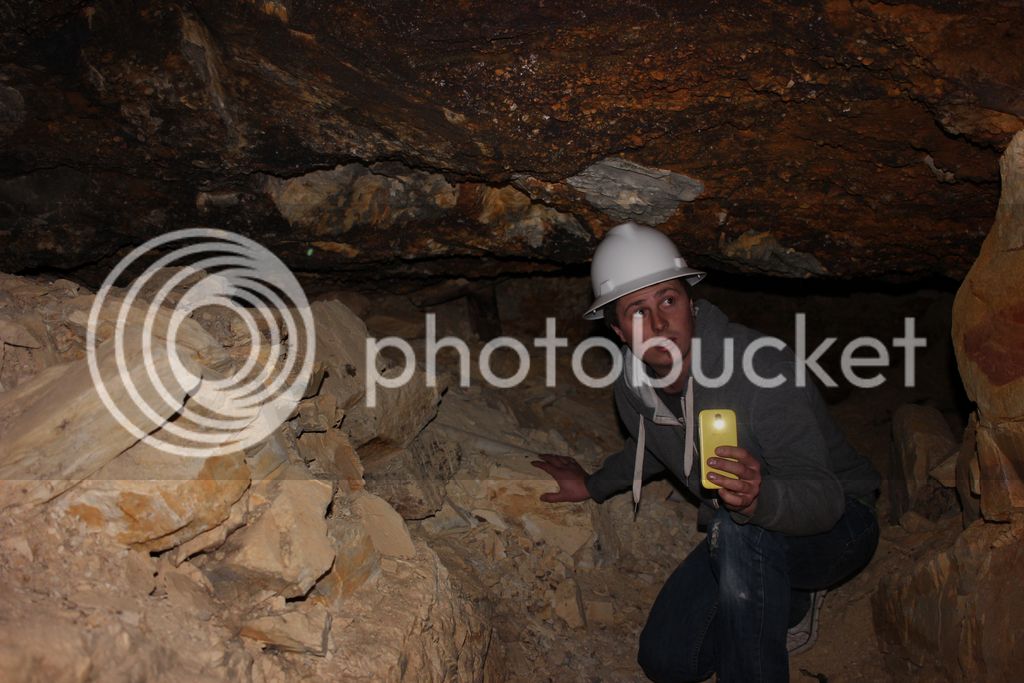







- Joined
- Feb 26, 2014
- Messages
- 373
- Reaction score
- 866
imagine that tunnel during 2011
[video=480,360]https://www.youtube.com/watch?v=YyhO5zrd4BE[/video]
- Joined
- Feb 26, 2014
- Messages
- 373
- Reaction score
- 866
now don't take this the wrong ways gents,
I realise you have been down numerous old shafts and stopes but can I just say climbing up old stope timbers is bad ju ju, if one of you go down with a gassing (bad air) or fall to the extent you need to be rescued than a rescue by others or the pros would be completely possible, knock out a couple of stope timbers and bring the hanging wall down on yourself and your never coming out, never!.
It's a top thread you got going on here I enjoy reading it as much as the next guy, let's be careful in and around the stopes, coz even with today's technology they still let go without any warning
I realise you have been down numerous old shafts and stopes but can I just say climbing up old stope timbers is bad ju ju, if one of you go down with a gassing (bad air) or fall to the extent you need to be rescued than a rescue by others or the pros would be completely possible, knock out a couple of stope timbers and bring the hanging wall down on yourself and your never coming out, never!.
It's a top thread you got going on here I enjoy reading it as much as the next guy, let's be careful in and around the stopes, coz even with today's technology they still let go without any warning
- Joined
- Feb 26, 2014
- Messages
- 373
- Reaction score
- 866
dwt said:now don't take this the wrong ways gents,
I realise you have been down numerous old shafts and stopes but can I just say climbing up old stope timbers is bad ju ju, if one of you go down with a gassing (bad air) or fall to the extent you need to be rescued than a rescue by others or the pros would be completely possible, knock out a couple of stope timbers and bring the hanging wall down on yourself and your never coming out, never!.
It's a top thread you got going on here I enjoy reading it as much as the next guy, let's be careful in and around the stopes, coz even with today's technology they still let go without any warning
Some of the stopped areas we visited on our last trip to Chewton were not too safe. At one location we went inside briefly for photos and then departed.The last stope looked very dangerous and the photos were taken from outside. We take safety very seriously and carry a gas detector and use safety ropes in shafts.. At times my photos can be quite deceiving in terms of the safety aspect. Thanks for your concern.
hey dean have you considered adding your documentation to the heritage council?
http://vhd.heritagecouncil.vic.gov.au/
http://vhd.heritagecouncil.vic.gov.au/
thanks for pointing out some of the dangers DWT  we hate that clay type of layer witch separates the hanging wall from the foot wall called the fault its a real pain when they sunk the shaft down threw the fault its self and you have on one side of the shaft wall the hanging wall and the other side the footwall the hanging wall is the main side of the fault we fear/don't like the most but we try and avoid them. and we never touch timers no matter how strong they look because they could be under weight/pressure nor will we walk under a big cracked roof from previous blasting cracking the roof/rock upwards 1 to 4 meters. as for dirt that has build up in a tunnel covering a old timbered/caped off shaft inside the mine we have a long probe that we use sometimes if in doubt of a false floor with boards in the floor of a adit/tunnel
we hate that clay type of layer witch separates the hanging wall from the foot wall called the fault its a real pain when they sunk the shaft down threw the fault its self and you have on one side of the shaft wall the hanging wall and the other side the footwall the hanging wall is the main side of the fault we fear/don't like the most but we try and avoid them. and we never touch timers no matter how strong they look because they could be under weight/pressure nor will we walk under a big cracked roof from previous blasting cracking the roof/rock upwards 1 to 4 meters. as for dirt that has build up in a tunnel covering a old timbered/caped off shaft inside the mine we have a long probe that we use sometimes if in doubt of a false floor with boards in the floor of a adit/tunnel
Cool guys 
- Status
- Not open for further replies.
Similar threads
- Replies
- 8
- Views
- 3K



